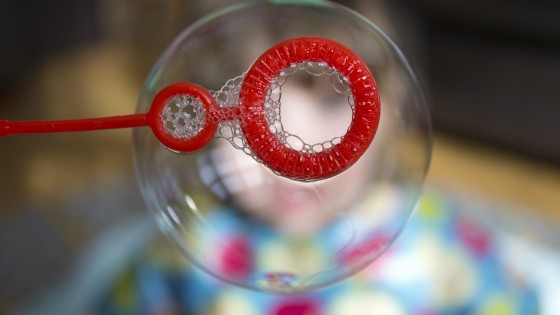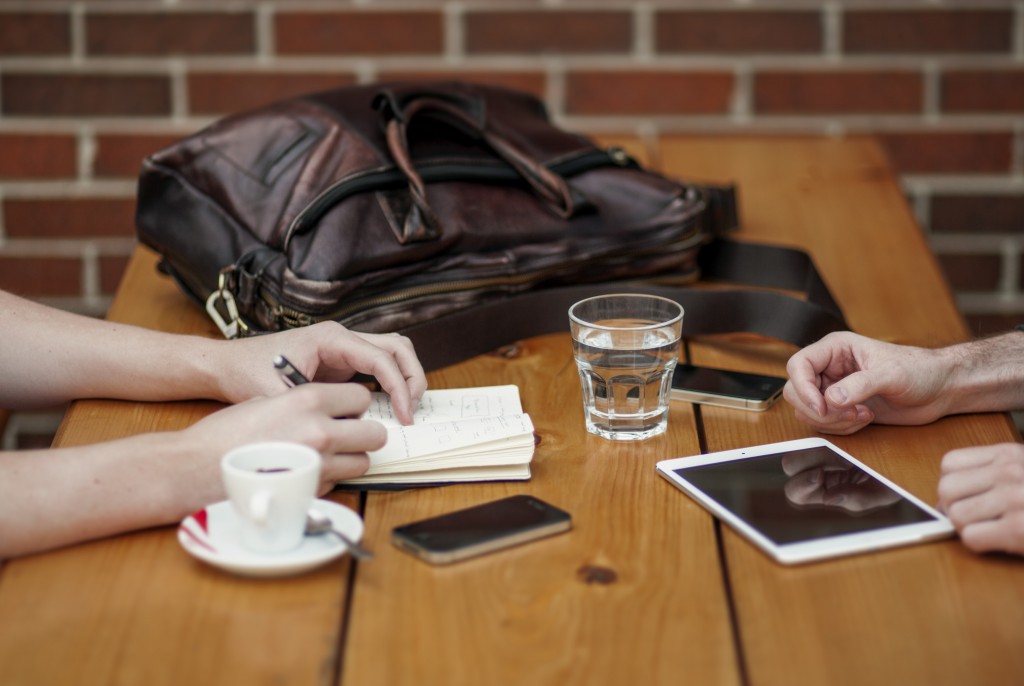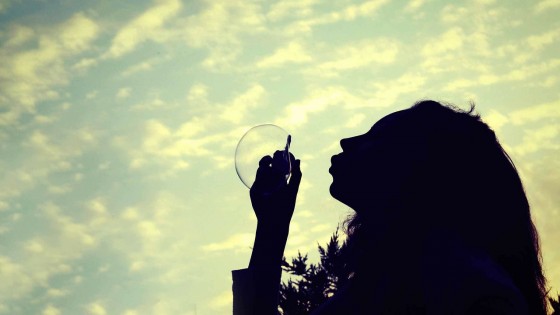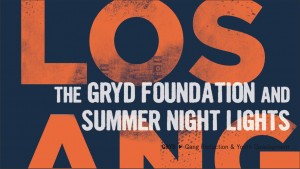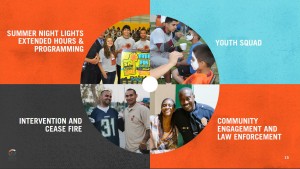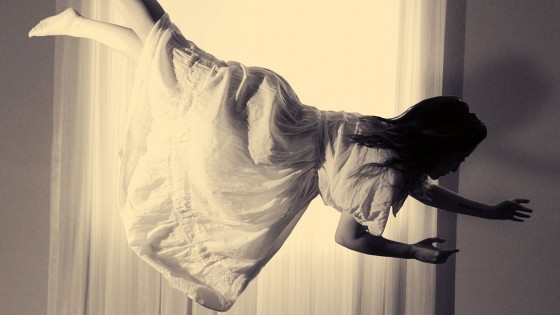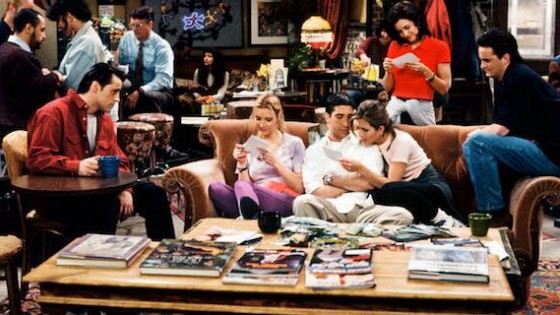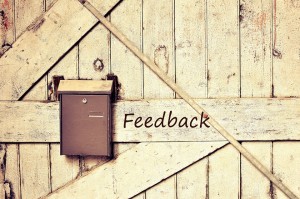 When you work in the creative trenches every day, it’s easy to take for granted that we all speak the same industry language. But hearing vague terms like “make it bigger” or “it needs more energy” or “it doesn’t feel young” doesn’t help anyone. If you want to provide good creative feedback, there are a few things you can follow to ensure you’re giving (and getting) the most of your time. Here’s our top five tips:
When you work in the creative trenches every day, it’s easy to take for granted that we all speak the same industry language. But hearing vague terms like “make it bigger” or “it needs more energy” or “it doesn’t feel young” doesn’t help anyone. If you want to provide good creative feedback, there are a few things you can follow to ensure you’re giving (and getting) the most of your time. Here’s our top five tips:
- It Starts With The Brief. Before you give any feedback, the best way to ensure it’s going to go well for you later is to be clear on the assignment and work parameters before anyone gets started. It will give your team the specifics they need to work with, and it will make your critiquing easier later as you’ll be able to point to specifics on what is or isn’t working.
- Come Prepared. If you haven’t taken the time to properly review the project, how are you going to give good notes? Even people who have a great creative instinct still need time to reflect on what they want to say. Put your thoughts into notes that you can refer to and share with your team as a follow up. Just winging it is disrespectful to your team, and in the long run, if you haven’t properly reviewed the project, chances are you’re not going to be happy with the outcome, and you’ll have to go through it again, which leads us to…
- Be Specific. Okay, the logo just doesn’t “pop” to you, but how can you translate that to the creative? Perhaps your target audience is tween girls, and you feel the logo won’t appeal to them. Or maybe the background is too busy, and the logo is getting lost. Or maybe you just want the logo bigger. Either way, any of those answers will give your team tangible feedback they can work with.
- Be Honest… But Be Kind. Yes, it’s business, but creatives often pour their hearts into their work, so even if you’re just being honest, be careful. Even if you don’t like it, acknowledge their time and effort. Perhaps it feels off because they took a big creative risk that didn’t land. Or maybe they tried a new skillset that they haven’t yet mastered. If it’s just not working, then you should be honest, but let them down easy. There’s no need to bash their work.
- Recognize The Positive! Who says feedback has to be all about the negative? Even if you feel a project is perfect, it can be just as important to let people know what they did right. If they know what the strongest part of their work was, then they’ll be more likely to repeat those good parts again.
Implement these tips, and you’ll be well on your way to giving thoughtful, specific and encouraging creative feedback that will empower your teams to do their best work yet.
